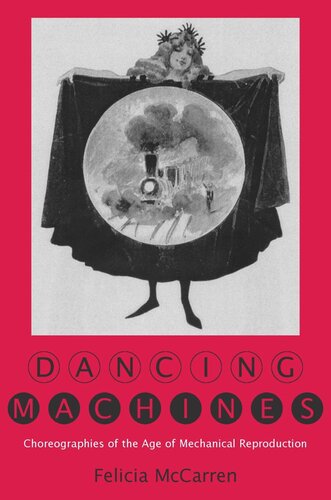

Most ebook files are in PDF format, so you can easily read them using various software such as Foxit Reader or directly on the Google Chrome browser.
Some ebook files are released by publishers in other formats such as .awz, .mobi, .epub, .fb2, etc. You may need to install specific software to read these formats on mobile/PC, such as Calibre.
Please read the tutorial at this link: https://ebookbell.com/faq
We offer FREE conversion to the popular formats you request; however, this may take some time. Therefore, right after payment, please email us, and we will try to provide the service as quickly as possible.
For some exceptional file formats or broken links (if any), please refrain from opening any disputes. Instead, email us first, and we will try to assist within a maximum of 6 hours.
EbookBell Team

4.0
96 reviewsThe age of high tech is haunted by an image from the last century that developed in the three decades between the patenting of the cinematographe and its turn toward sound: the dancing machine, paradox of the ease of mechanization and its tortures, embodiment of the motor and the automaton, image of fusion and fragmentation. An excavation of this image, in the historical context of maximum productivity and mechanical reproducibility, reveals its development in European Modernism—Modernism drawn to dancers of American, African, and Asian origins, to Taylorism as well as to Primitivism, to cinema and to myth. This book traces the abstraction and anonymity of the bodies making machines dance, in the codes of modernisms graphic and choreographic, and in the streamlined gestures of industry, avant-garde art, and entertainment. What surfaces is dance’s centrality to machine aesthetics and to its alternatives, as well as to the early elaboration of the machine that would become the ultimate guarantor of modern dance’s de-mechanization, the motion picture camera.